Last updated on April 12th, 2024
Embracing my inner scientist
by Carolyn Ray
Since I was a child, I’ve always wondered about the night sky, the planets and the universe beyond. Recently, after a lifetime of curiosity about the stars, I invested in a set of high-powered astronomy binoculars. I take my treasured binoculars everywhere, to Dark Sky preserves, stargazing events and remote parts of Canada, jumping at any opportunity to see the planets and stars up close. I consume books about the constellations, download stargazing apps and even joined the Royal Astronomical Society of Canada (RASC).
The ultimate once-in-a-lifetime experience, however, is the Northern Lights. These are only visible from certain places on Earth. When I receive an invitation to see the Northern Lights in Norway on the Coastal Express with Hurtigruten, I feel as if the universe has rewarded my childhood dream of being an astronomer, or even a scientist. Remembering the National Geographic posters of the constellations covering the bedroom walls of my youth, I think — finally, I get to be make this childhood dream real!
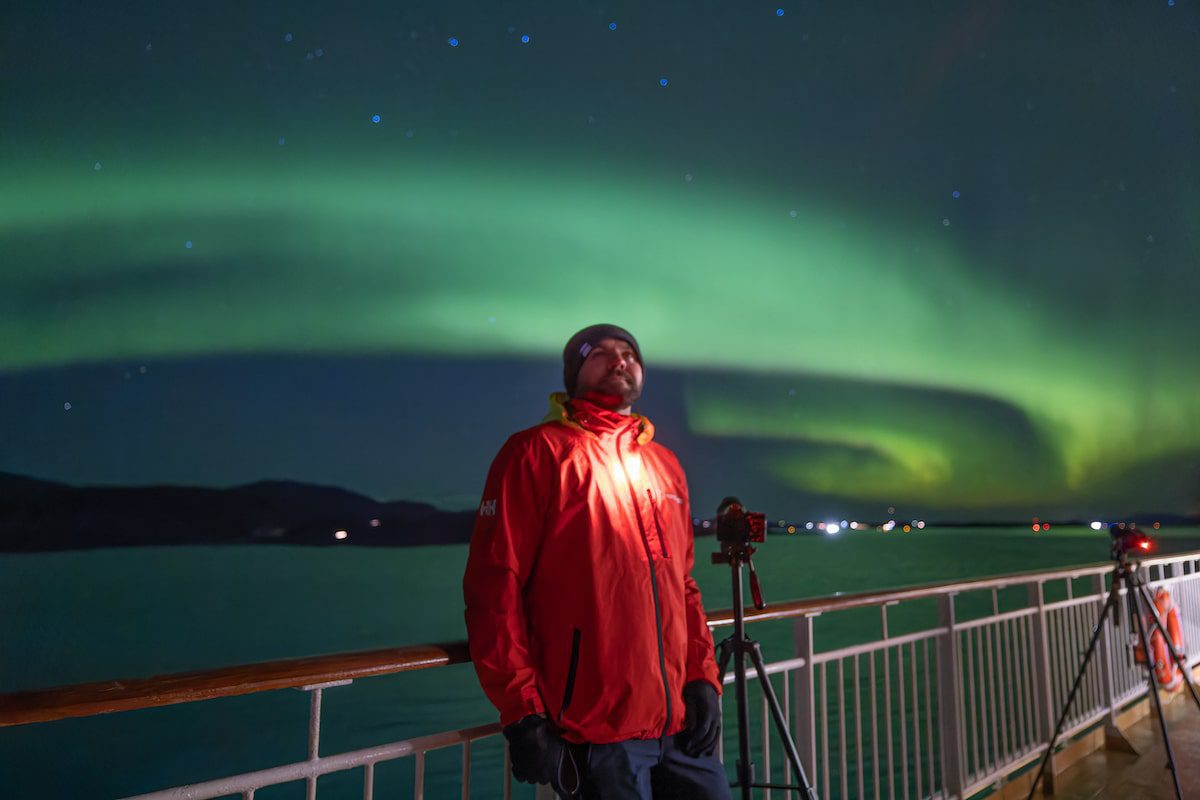
An ancient connection to the Northern Lights in Norway
In Norway, I meet Hurtigruten’s newly appointed Chief Aurora Chaser, Tom Kerss, a scientist with a degree in astrophysics. An avid stargazer, he spends much of his time chasing auroras all over the world and showing wannabe aurora chasers how and when to see the Northern Lights. I am giddy with excitement.
“The night sky is something bigger than us that draws us in to explore, and we share it all over the world,” Kerss tells me. “When we watch the Northern Lights play in the sky, we’re witnessing the interaction between the star and planet that make our existence possible, and for me personally, it’s a reminder to see oneself as a part of both the natural world and the human story.”
Kerss says that the best time to see the lights is throughout the autumn and winter seasons, from September to March, but that viewing can be slightly enhanced around the equinoxes.
“Our ancestors have been paying attention to the sky for tens of thousands of years, at least,” Kerss says. “Exactly how far back our relationship to stars goes is something we can only speculate about, but we can be sure that stargazing is a deeply human experience.”
“We’ve humanised the sky with stories in the constellations, and more recently come to understand how the stars play a part in our own cosmic history,” he continues. “The stars were companions to lonely pilgrims and seafarers, a comfort on dark nights, and images from a time and place that is far out of reach.”
While there are many places to see the Northern Lights, Kerss says that Norway is his favourite place for aurora-chasing. “Arctic Norway is where the sky meets the ground for me,” he says. “It’s a dramatic and expansive landscape that seems to reach up into the Northern Lights.”
Hurtigruten is so confident that passengers will be the Northern Lights that it has a Northern Lights promise on its voyages during the auroral season between September and March on a voyage of 11 days or more. If the Northern Lights do not occur, the company will give guests a 6-day southbound or 7-day northbound Original Coastal Express Classic Voyage free of charge.
“The reality is that when you are in Arctic Norway for long enough, you will see something regardless how active the conditions are,” he says. “If you want darker skies, where fainter lights can be more readily seen, consider travelling around a New Moon period. The longest and darkest nights occur in December and January (and indeed in the Arctic you can experience polar night, where the Sun doesn’t rise) but these are also very cold months. You may need to trade a little comfort for better sightings, but it’s worth it. Just bring your warmest outwear!”
“When we watch the Northern Lights play in the sky, we’re witnessing the interaction between the star and planet that make our existence possible, and for me personally, it’s a reminder to see oneself as a part of both the natural world and the human story.”
— Tom Kerss, Chief Aurora Chaser, Hurtigruten Norway
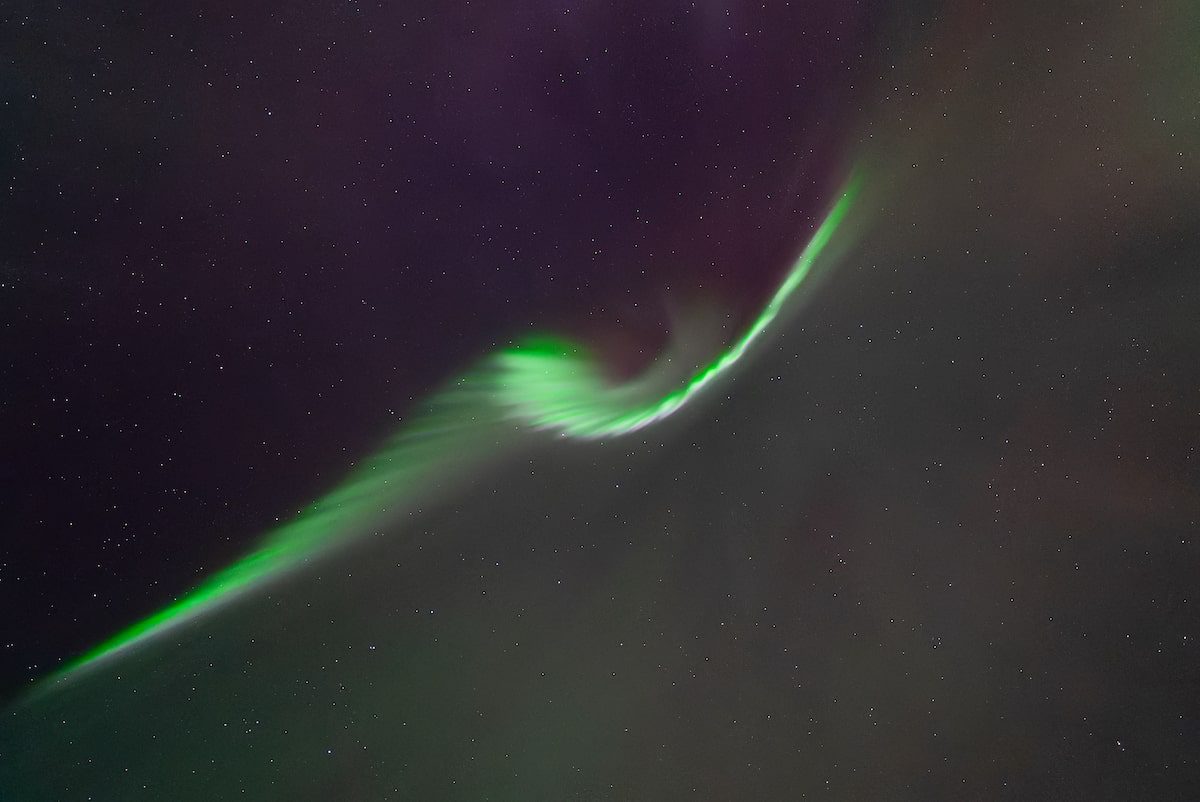
How to become an Aurora Chaser
But what is an aurora chaser? And how do you become one?
For Aurora Chasers in training, here are five ways to get into the right frame of mind.
1. Be ridiculously happy: My journey starts in Trømso, a two-hour flight from Oslo, midway up the coast of Norway. When I arrive, I notice that everyone seems to be oddly happy, even though it’s snowing furiously and there’s a biting wind. Walking along the charming main street, I feel like I’ve come to another planet. Unlike Toronto, which can be dreary in the winter, everyone is smiling and friendly. Coffee shops, boutiques and enormous trolls line the streets, and the restaurants and bars are busy, with other aurora chasers and adventurers from around the world.
2. Eat reindeer hotdogs: Kerss insists that all aurora chasers should embrace local food in the form of a reindeer hot dog. We meet at a small booth with a sign that boasts ‘the best hot dogs in the world! No joke!’, he makes expert recommendations about which combinations and toppings are best. I’m not a very adventurous eater, but Kerss claims that these reindeer are raised by the Sami Indigenous people — they are not a delicacy just for tourists. After a lifetime of not eating hotdogs, I tentatively try a few bites. I forgo the hot peppers but agree to fried onions, ketchup and mustard. Surprisingly, it’s not too bad.
3. Wear an absurd amount of clothing: Kerss insists that everyone dress warmly for the Arctic wind, so I invest in yet another hat and inserts for my gloves. Even though I’m Canadian, there’s nothing more I dislike than being unprepared for cold weather. Thankfully, I have merino wool long underwear and tops, a turtleneck and my polar boots, so I feel ready for anything.
4. Be a kid again at the Northern Lights Planetarium: Kerrs’ curiosity extends to the skies, where he, as an astronomer, helps newbies like me understand how to find and see the Northern Lights. Our next stop is the Northern Lights Planetarium, where we view films about the aurora borealis and constellations alongside students on a field trip, and then learn about pollution and conservation in a science lab.
5. Trek up to the highest point in Tromsø: Primed with knowledge, our plan is to catch a first glimpse of the lights after dinner by going up the Fjellheisen Cable Car, 412 metres above sea level. Unfortunately, it’s snowing and cloudy, so we postpone that until the next day, making our night trip into a day trip. I’m told that we’ll have a much better chance of seeing the lights on the ship, which move ahead of the weather.
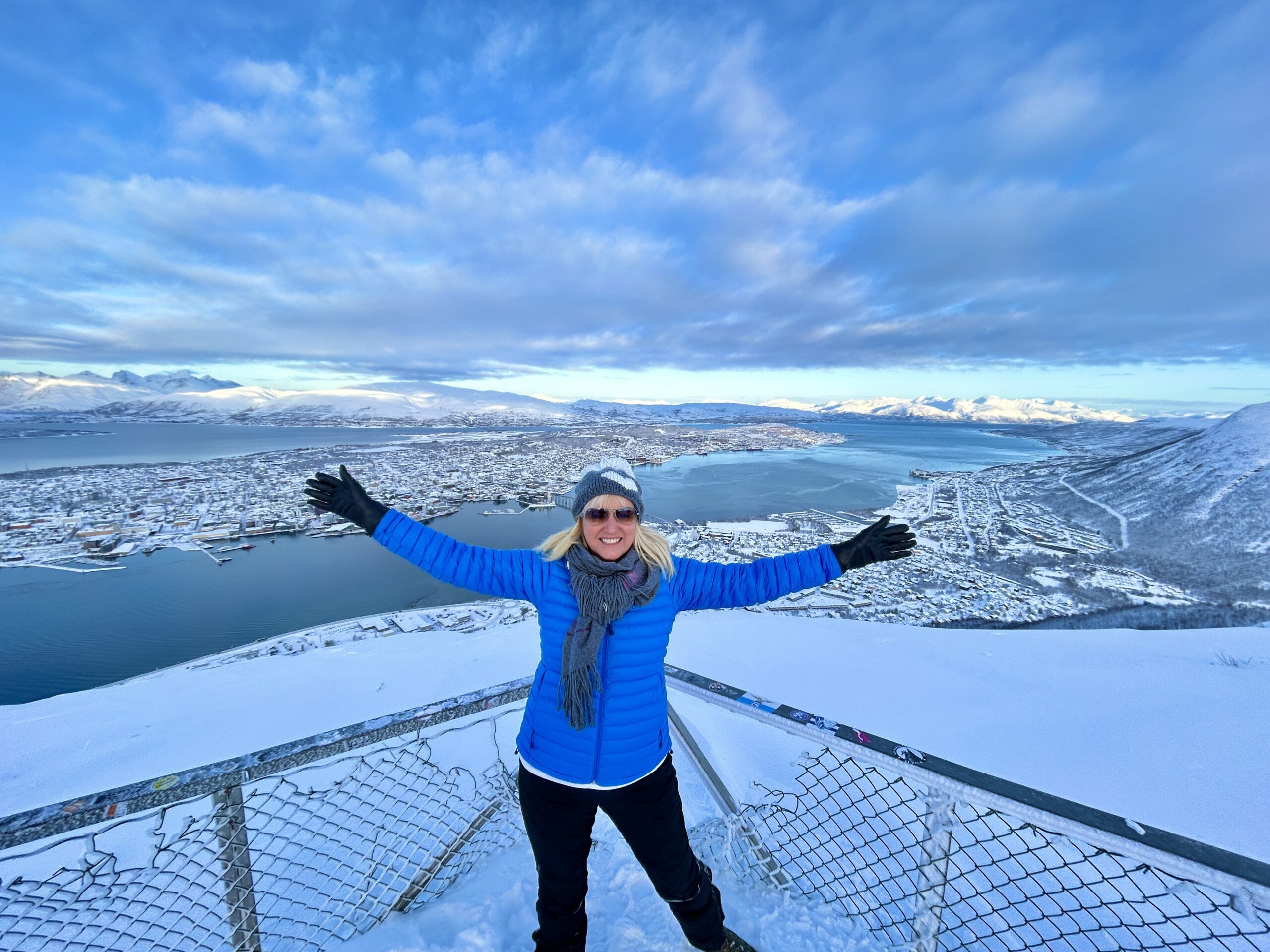
It’s impossible not to smile with the vibrant colours and views on a sunny day in Trømso, Norway / Photo credit Carolyn Ray
Myths of the Northern Lights
After two cloudy nights in Trømso, I’m excited to board the MS Nordlys expedition ship and head out to sea. Hurtigruten has been operating its ships in Norway for over 130 years and has strong relationships with communities, local businesses and the Indigenous Sami people. Not only does Hurtigruten offer excursions to tourists, it also ferries people, cars and supplies at 34 Norwegian ports between Bergen in the south and Kirkenes in the north, where we’re heading.
Our group meets for a delicious dinner at Kysten, the fine dining restaurant on the ship, and enjoy a glass of Hurtigruten’s sea-aged sparkling wine. Over a dessert of gomme, a sweet cheese dessert and cloudberry jam, I talk with Kerss about the myths and misperceptions about the Northern Lights, a topic he relishes.
“Perhaps the most common myth relates to the colours of the Northern Lights,” he says.” What we see with our eyes is less vivid than the impression given by photographs. However, while the colours are very much real, it is a limitation of the eye’s night vision that makes it harder to see.”
Using a camera and tripod can help the naked eye see the lights. Even an iphone can work wonders, he says.
Another myth is about apps and websites that predict where and when the Northern Lights will appear.
“There’s quite a lot of misinformation about how to forecast displays of the Northern Lights, with many people relying on apps and websites that aren’t particularly informative,” he says.
However, with a wealth of data now available, it’s becoming easier to determine when these will occur at short notice.
The real indicator of the lights, Kerss says, is the wind.
“The conditions of the incoming solar wind – a stream of particles and magnetic field components from the Sun – play a role in the way substorms develop,” he says, “We monitor this using spacecraft that lead the Earth in its orbit around the Sun. By monitoring the ‘geospace’ conditions, including solar wind and currents in the Earth’s magnetic field, we can provide the most accurate estimate of when to be outside.”
Bright and dynamic displays of the Northern Lights are driven by events called geomagnetic storms and substorms. Geomagnetic storms are induced by solar activity. We can forecast these quite well with a couple of night’s notice. Substorms are responsible for most of the ‘discreet’ displays, which might last from a few minutes up to an hour.
Another myth is the common belief that the lights might be in some way dangerous.
“While we do prefer the ‘spaceweather’ to be adverse in order to see bright displays, the Northern Lights don’t pose any risk to us on the ground,” Kerss says. “The fact that we see them at all is due to the Earth’s protective magnetic field.”
Will the Aurora appear?
It’s 10 p.m. and I’m standing on the deck of the Hurtigruten MS Nordlys with a small group of people, bundled up against the cutting wind. The coast of Norway glows white in the distance, reflecting the misty full moon above my head, creating an otherworldly feeling. It’s so surreal that I have to remind myself where I am — about 350 kilometers/220 miles north of the Arctic Circle, on a pitch black ship, rolling around the Norwegian Sea.
After about half an hour of searching, I start to wonder if the moon is too bright to see the lights. What if they don’t appear? What if I’ve come all this way and nothing happens?
Suddenly I hear an ecstatic cry: “There! There! Look to the right!”
I whip my head around, searching the sky. Nothing. Then, I see it.
A wisp of green flows across the sky, rippling over my head. Just when I think it will never end, the lights stop, fade and explode, this time like fireworks in shades of green and gray. It happens so quickly I don’t want to close my eyes.
“Use your iphone camera!” Kerss yells, as the wind whips around us. He shows me the view through his digital camera, held steady with a tripod, and I gasp with wonder as I look through the lens.
For the next breathtaking hour, I’m a full-fledged aurora chaser, running from left to right on the ship looking for the lights as they dance above, flaring up around and in front of me, as promised. I stay outside until 1 am, when I can’t feel my face anymore, full of joy.


A fascination since childhood
It’s often our parents who inspire curiosity in us. Kerss credits his parents with a love of the stars and the natural world from a young age.
“My Dad was a fighter pilot, himself inspired by the Apollo missions, and he shared his space books with me,” Kerss says. “I grew up reading Patrick Moore, Heather Couper, Carl Sagan and other wonderful astronomy authors. Mum may have tired of my endless ‘why’ questions, but she didn’t show it. My parents took me to museums and encouraged me to follow my passion. We also travelled as a family, and I really deepened my admiration for space as a result of seeing the wonderful range of skies on offer around the world.”
Dark sky parks and reserves help preserve and protect the beauty of the night sky by restricting artificial light. Kerss says his darkest places to see the skies are in the Atacama Desert, Namibia and the summit of Mauna Kea, Hawaii. (To see a list of Dark Sky Preserves click here).
“I have wonderful memories of Dartmoor in the southwest of England,” Kerss says. “I was a student there during my undergraduate astrophysics degree, and I would often head out onto Dartmoor with its pristine skies, and pull an ‘all-nighter’ with my telescope.”
Seeing the Northern Lights in real life is transformational — not only did it allow me to embrace my inner child, I’ve been given an opportunity to appreciate the majesty of nature. The connection of human to universe is something I will never forget, and always feel gratitude for. And best of all, I’m not a wannabe anymore.
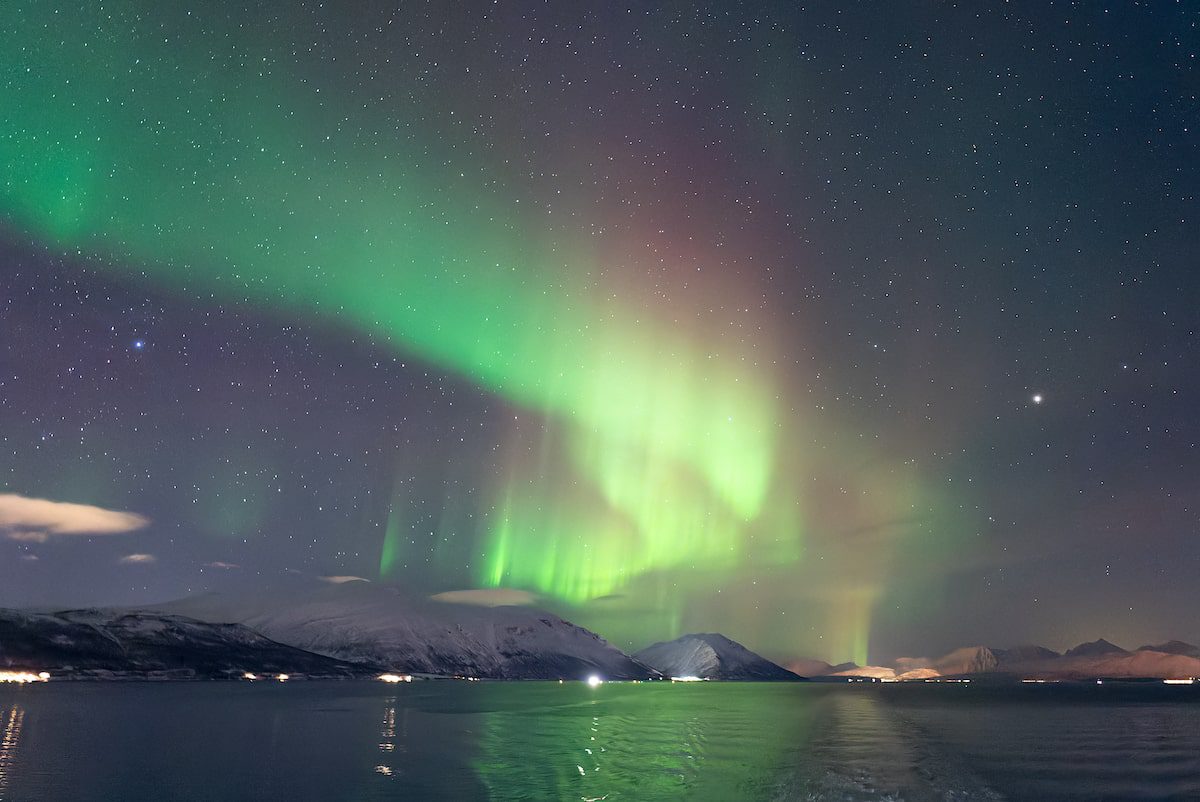
How to Get to Norway
From Toronto: My journey to see the Northern Lights started in Tromsø. I flew from Toronto to Frankfurt on Lufthansa, then to Oslo on SAS, with a connecting flight to Tromsø. The entire journey took about 16 hours. There are direct flights to Copenhagen from New York and Toronto on Air Canada. Once there you can hop on SAS to get to other destinations in Norway. Check for flights here! In Tromsø, I stayed at the Scandic Ishavshotel.
Returning: My trip ended in Kirkenes, near the Russian Border. I stayed at the Kirkenes Hotel (an additional excursion provided by Hurtigruten) and flew from Kirkenes to Oslo. I took the Airport Express to Oslo Central Train Station and stayed at the Amerikalinjen Hotel. On my return trip, I flew through Frankfurt and back to Toronto.
Tip: When flying in this part of the world, choose SAS or a local airline with a major hub in Norway. My daughter, who lives in London, met me in Oslo for the weekend. She took British Airways which only has 3 flights a day to Oslo. Her flight returned half-way to Oslo, and then she was put on another flight, which was delayed over six hours on the arrival and also on the return. However, to their credit, British Airways gave me a full refund when I wrote a complaint letter. It pays to speak up!
What to pack: Because of the multiple connections for my week-long trip, I did not check a bag. My essentials were a Helly Hanson puffy jacket, merino wool, arctic boots, wool socks, wool hat, gloves and liners and a turtleneck. I also brought my own mini-binoculars to see ocean life. Don’t forget to bring medication, contact lenses, and any other health supplies that might be hard to get.
Gear to get started: Celestun 15 x 70 Astronomy binoculars, SkyView App, 2023 Night Sky Almanac: A Month-by-Month Guide to North America’s Skies from the Royal Astronomical Society of Canada
For those who want to learn more about astronomy or help the next generation learn about the Northern Lights, you can visit Tom Kerss’ website. Kerss is also a published author who has written eight books, including Diamonds are Everywhere, his latest. Several of his books are geared toward children, including Children’s Picture Atlas of the Stars, The Squirrel That Watched the Stars, and You Can Explore the Universe. Check Hurtigruten’s photography page here.
Disclaimer: We’re always proud to showcase companies from the JourneyWoman Women’s Travel Directory who are passionate about women over 50 and female solo travellers. For this trip, I was a guest of Hurtigruten, which covered all of my expenses, and Visit Oslo, which provided me with a city and train pass and two nights at the stunning and historic Amerikalinjen Hotel.
More on the Northern Lights
30 Less-Travelled Places for Women in 2024
For our 30th anniversary, JourneyWoman reveals 30 less-travelled places for women in 2024, according to our writers and travel experts.
The Hotlist: 12 of the Coolest Small Group Tours for Women in 2024 From our Women’s Travel Directory
From Cuba to Mongolia, these unique small group tours from our Women’s Travel Directory will connect you with people, places and wildlife.
“The Joy of Exploring Gardens” by Lonely Planet: A New Travel Guide for Garden Lovers
“The Joy of Exploring Gardens” by Lonely Planet takes readers on a journey to some of the world’s most uplifting gardens.

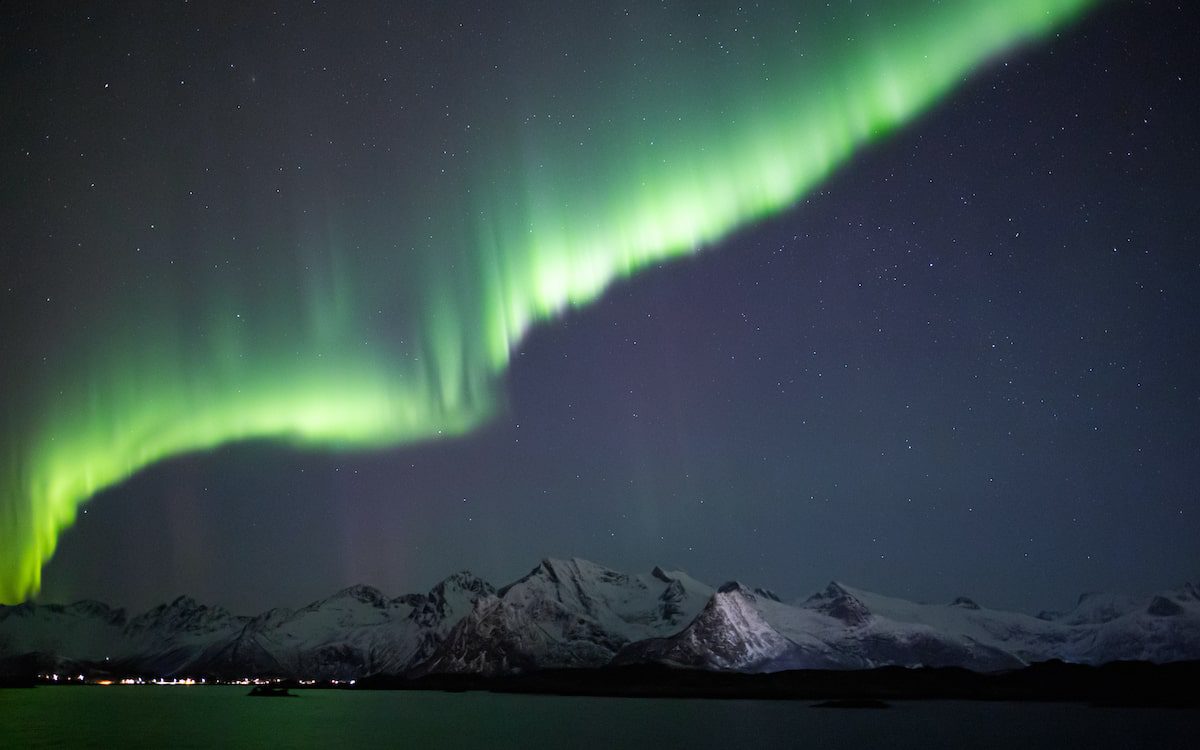





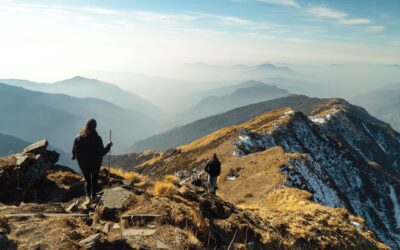
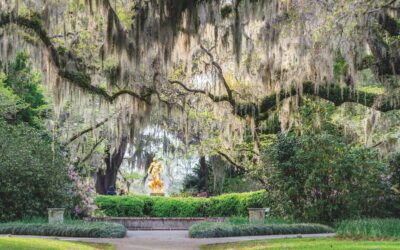
0 Comments
We always strive to use real photos from our own adventures, provided by the guest writer or from our personal travels. However, in some cases, due to photo quality, we must use stock photography. If you have any questions about the photography please let us know.
Disclaimer: We are so happy that you are checking out this page right now! We only recommend things that are suggested by our community, or through our own experience, that we believe will be helpful and practical for you. Some of our pages contain links, which means we’re part of an affiliate program for the product being mentioned. Should you decide to purchase a product using a link from on our site, JourneyWoman may earn a small commission from the retailer, which helps us maintain our beautiful website. JourneyWoman is an Amazon Associate and earns from qualifying purchases. Thank you!
We want to hear what you think about this article, and we welcome any updates or changes to improve it. You can comment below, or send an email to us at [email protected].